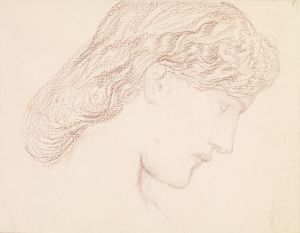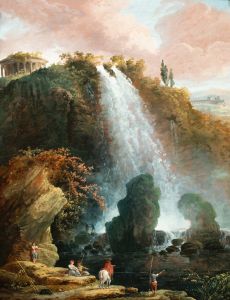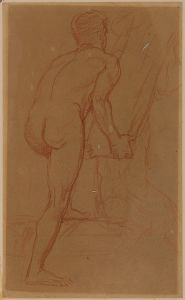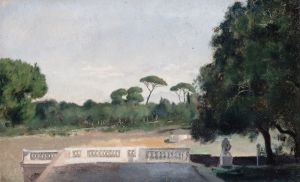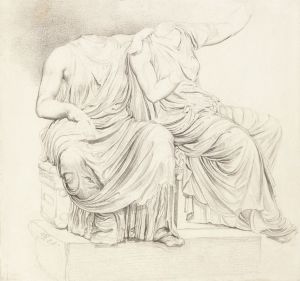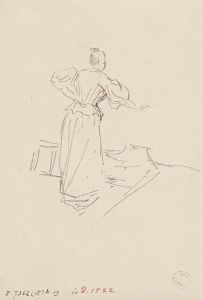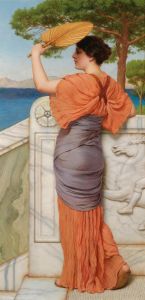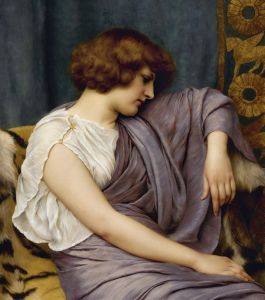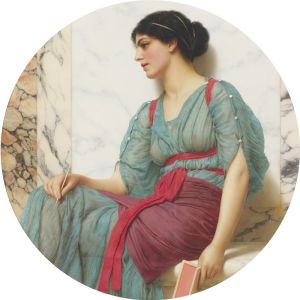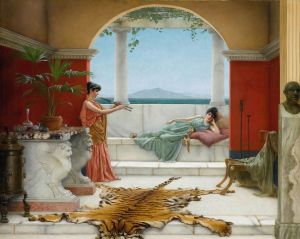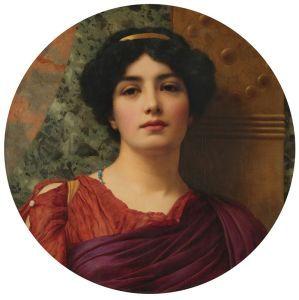
A Siesta
A hand-painted replica of John William Godward’s masterpiece A Siesta, meticulously crafted by professional artists to capture the true essence of the original. Each piece is created with museum-quality canvas and rare mineral pigments, carefully painted by experienced artists with delicate brushstrokes and rich, layered colors to perfectly recreate the texture of the original artwork. Unlike machine-printed reproductions, this hand-painted version brings the painting to life, infused with the artist’s emotions and skill in every stroke. Whether for personal collection or home decoration, it instantly elevates the artistic atmosphere of any space.
John William Godward's A Siesta is a painting created by the British Neoclassical artist, who was active during the late 19th and early 20th centuries. Godward is known for his meticulous attention to detail and his depictions of idealized classical subjects, often featuring women in serene, contemplative poses within settings inspired by ancient Rome and Greece. A Siesta exemplifies his signature style, combining elements of classical architecture, lush textiles, and a focus on the human figure.
The painting portrays a young woman reclining on a marble bench, seemingly resting or lost in thought. She is dressed in flowing, diaphanous garments, typical of Godward's depiction of classical attire. The setting includes a backdrop of marble and other architectural elements that evoke the grandeur of antiquity. Godward's use of vibrant colors, intricate textures, and soft lighting enhances the sense of tranquility and timeless beauty in the scene.
Godward was heavily influenced by the works of Sir Lawrence Alma-Tadema and Frederic Leighton, both of whom were prominent figures in the Victorian Neoclassical movement. Like these artists, Godward sought to recreate the elegance and refinement of ancient civilizations, often idealizing his subjects and their surroundings. His attention to detail is evident in A Siesta, particularly in the rendering of the marble surfaces, the folds of the fabric, and the lifelike quality of the figure's skin.
The exact date of creation for A Siesta is not definitively documented, but it is consistent with Godward's body of work from the late 19th to early 20th century. During this period, Godward's art was well-received by collectors who admired his ability to transport viewers to an imagined classical past. However, his style eventually fell out of favor with the rise of modernist movements in the early 20th century.
Godward's personal life remains somewhat enigmatic, as he was known to be reclusive and avoided public attention. He tragically ended his life in 1922, reportedly disheartened by the declining popularity of his artistic style. Despite this, his works, including A Siesta, have experienced a resurgence of interest in recent decades, appreciated for their technical mastery and aesthetic appeal.
Today, A Siesta is recognized as a fine example of Godward's contribution to the Neoclassical tradition. The painting is celebrated for its harmonious composition and the artist's ability to evoke a sense of calm and introspection. The current location of the painting is not specified in publicly available records.





